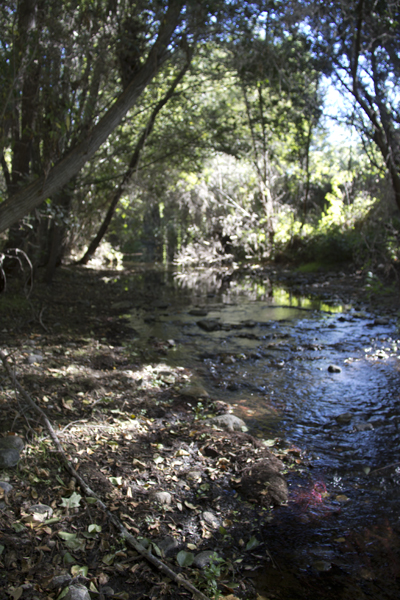
 Male California tarantula seen in Carmel Valley making its way to find a mate waiting in her burrow in the ground. Males become adults at about 6-8 years old. Six months after they have performed what they came into this world to do, they die. Females can live up to twenty five years! Male tarantulas make this trek from September through October...so a rare thing to get to see. The last time I saw a live tarantula was at least 40 years ago making its way across Robinson Canyon Road. Tarantulas are gentle but, like any animal, if it feels danger it will let you know. It can send out its spikey hairs on its abdomen as a warning. If you see one that has a smooth abdomen, it has had to use these hairs to defend itself.
0 Comments
Click here to listen to a conversation between Bill Moyers and Wendell Berry: "Wendell Berry on his Hope for Humanity" Watching the interview is worth the time as it is interspersed with footage from actual places and people they talk about.
You can also read the transcription at the link above. Some excerpts follow here... "… Be still and listen to the voices that belong to the stream banks and the trees and the open fields. … Find your hope, then, on the ground under your feet. Your hope of Heaven, let it rest on the ground underfoot…. The world is no better than its places. Its places at last are no better than their people while their people continue in them. When the people make dark the light within them, the world darkens." - from Wendell Berry's, A Poem on Hope. "The important thing to do is to learn all you can about where you are and if you're going to work there it becomes even more important to learn everything you can about that place to make common cause with that place and then resigning yourself, becoming patient enough to work with it over a long time. And then what you do is increase the possibility that you will make a good example and what we’re looking for in this is good examples." Resettling of America means….? "It means putting people on the land enough people on the land to take proper care of it and pay them decently for doing it. The fact that we and our families know the history of people having to leave the country because they couldn’t make a living there, is the history of rural America. But that they left because they couldn’t make a living is an indictment of our land policies. The idea that you have to go somewhere else, that you have to leave a fertile country in order to make a living is preposterous and it’s a result of the wrong idea of what we mean by making a living in the first place. To make a living is not to make a killing, it’s to have enough.  Sorting trash collected from under the Carmel River bridge at Highway One. Three hundred pounds of trash was picked up from this location. A little further up river another thirty-two pounds of trash plus two pounds of recyclable waste was collected. Eleven volunteers were at this site including Laura Kasa from Save Our Shores, Dale McCauley from Carmel Valley Association, Paul Carota from Odello Fields and students from CSUMB and MPC.  Trash collected from the river environs near the Little League Field in Carmel Valley. Fourteen volunteers at this site including Frank Emerson and Brian LeNeve and several more from the Carmel River Steelhead Association, Marie Butcher of Greenheart Works, Mary Cunov, and Mibs McCarthy from Carmel Valley Association. More pics to come from the Mid Valley site! Twenty-two volunteers at this site!
A very successful day for the Carmel River. Just think though...the best place for trash is in the garbage can or recycle instead of the river or surrounding land! Many thanks to all who made this such a success for our first World Rivers Day event! |
Author
|











 RSS Feed
RSS Feed
